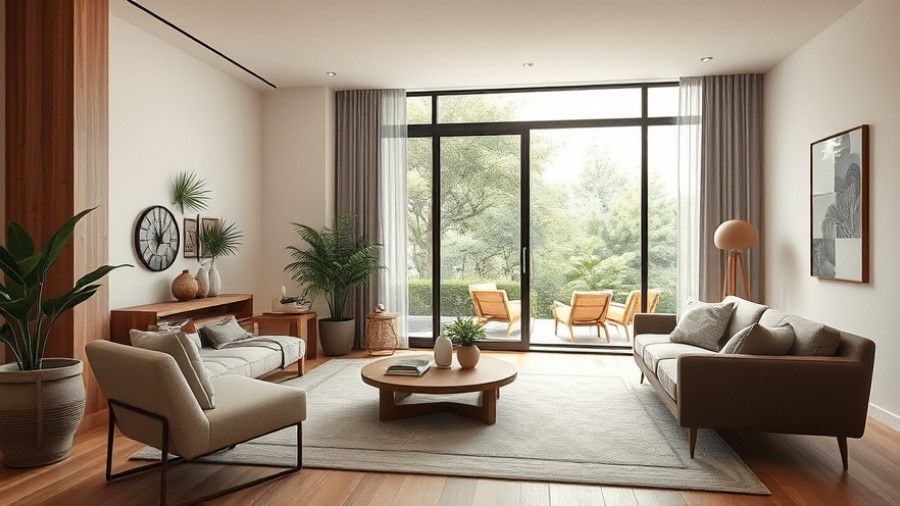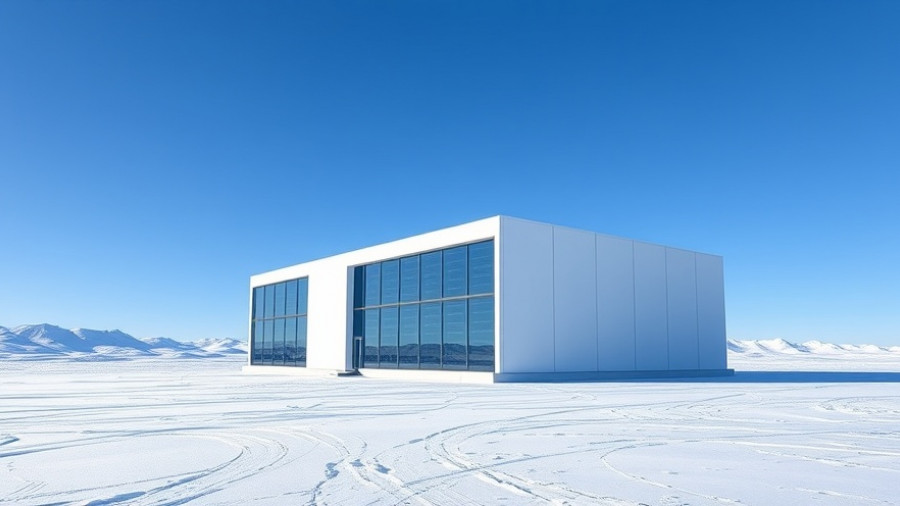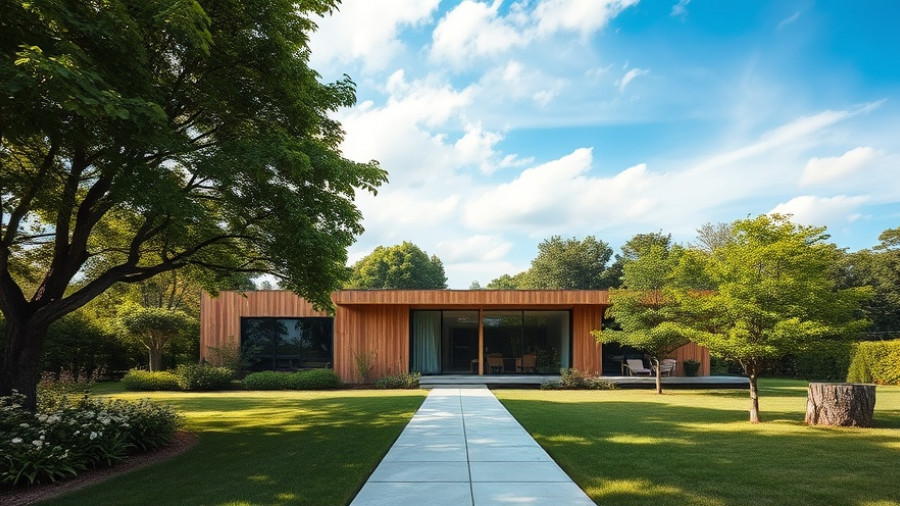
Exploring Albania’s Rich Pavilion at the Venice Biennale
The Albania Pavilion at the 2025 Venice Architecture Biennale, titled "Building Architecture Culture", invites visitors to explore the intricate layers of the country’s architecture, reflecting its political and cultural history. Curated by Anneke Abhelakh, the exhibition illustrates how Albania's built environment has undergone tremendous transformations, influenced by Ottoman, Italian, and communist regimes, each leaving its mark on the nation’s public spaces.
Historical Context Illuminated
The first narrative of the exhibition focuses on key sites in Tirana, including Skanderbeg Square and the Pyramid of Tirana. Historically, Skanderbeg Square has been a stage for political power, evolving through various designs that reflect changing governance. Its 2017 redesign, led by the architecture firm 51N4E, transitioned the space from a symbol of state dominance to one that fosters community engagement, featuring pedestrian-friendly paths using locally sourced materials.
Similarly, the Pyramid of Tirana, originally constructed in 1988 to glorify the former dictator Enver Hoxha, has redefined its purpose. Now a hub for youth and creativity, this architectural landmark has been reimagined by MVRDV to remain accessible and beneficial to the public.
Current Reflections Through Innovation
Present-day challenges and opportunities are explored through "The Albanian Calls", a feature-length video essay made in collaboration with several international architects. This work engages viewers in vital discussions regarding the role of architecture in forming national identity and highlights how the profession adapts within the unique landscape of Albania.
Future Directions in Albanian Architecture
Looking ahead, the pavilion showcases proposals from 56 architecture firms, revealing innovative concepts that address urban and territorial development in Albania. Presented through interactive stereoscopic viewers, these designs pay homage to early collaborative influences, enhancing the dialogue around sustainable practices in architecture.
As visitors walk through the Albania Pavilion, they witness how the past, present, and future of architecture together narrate a compelling story of cultural identity and resilience.
 Add Row
Add Row  Add
Add 




Write A Comment